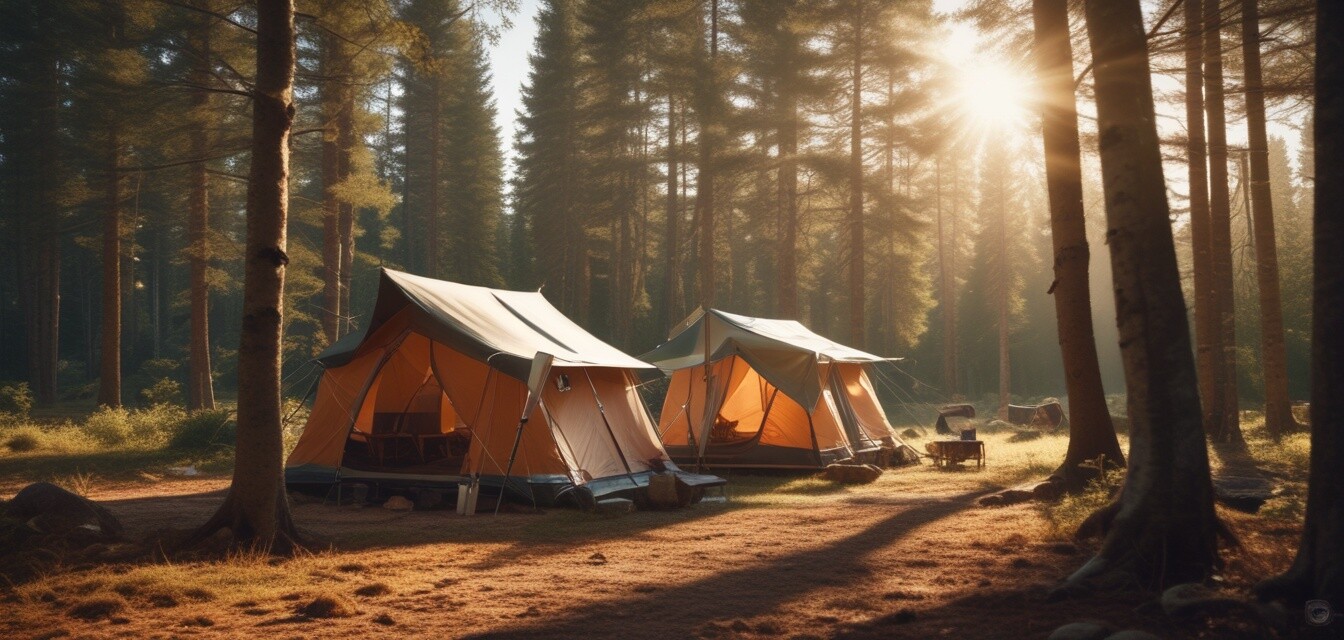
Using solar equipment for safe camping
Key Takeaways
- Solar equipment enhances safety by providing reliable energy sources.
- Proper setup and usage of solar devices are essential for safety precautions.
- Emergency preparedness is critical when using solar power while camping.
- Understanding the limitations and maintenance of solar gear ensures a safer experience.
Camping in the great outdoors is a thrilling adventure, perfect for nature lovers and those seeking a break from daily life. However, as we enjoy these moments, ensuring our safety is paramount, especially when using solar equipment. In this article, we will cover essential safety tips for utilizing solar devices during your camping trips, including how to prepare for unexpected situations.
Understanding solar equipment
Solar equipment plays a significant role in modern camping by providing renewable energy sources. Common solar equipment includes:
- Solar camping tents
- Solar lanterns and lights
- Portable solar panels
- Solar-powered cookers and grills
- Solar showers
By incorporating these items into your camping gear, you gain the advantage of sustainable energy. However, understanding how to use these tools safely is just as important as having them.
Safety tips for using solar equipment
Here are some crucial safety tips for using solar equipment while camping:
1. Choose the right solar equipment
Select high-quality solar products that suit your camping needs and ensure they are designed for outdoor use.
2. Proper setup and placement
When setting up solar panels or tents, consider the following:
- Position panels to receive maximum sunlight during the day.
- Ensure panels are securely mounted and won't tip over in windy conditions.
- Keep tents away from areas prone to falling branches or flooding.
3. Regular maintenance checks
Before you embark on your trip, conduct thorough checks on your solar equipment:
- Inspect cables for wear or damage.
- Ensure solar panels are clean and free from debris.
- Test functionality to avoid disappointments while camping.
4. Emergency preparedness
Even with proper planning, emergencies can arise. Here’s how to prepare:
| Emergency Type | Tips |
|---|---|
| Power outage | Have backup power sources like power banks and ensure they are charged ahead of time. |
| Severe weather | Monitor weather updates and move your solar setup to a safe location when warnings arise. |
| Lost equipment | Use color-coded straps or bags for solar equipment to identify and secure them easily. |
5. Basic first-aid knowledge
Knowing how to perform basic first aid for minor injuries is advisable. Packing a first-aid kit tailored for camping can simplify this process. Ensure it includes:
- Adhesive bandages
- Antiseptic wipes
- Gauze and tape
- Pain relievers
- Emergency blanket
Maximizing energy efficiency
To make the most out of your solar equipment and promote safety, consider these efficiency tips:
- Use solar-powered tools that match your energy requirements.
- Conserve energy by using solar lights only when necessary and turn off devices when not in use.
- Charge devices during peak sunshine hours for optimal performance.
Exploring additional resources
For different solar equipment types, check out our product categories:
- Solar Camping Tents
- Solar Lanterns & Lights
- Portable Solar Panels
- Solar Cookers & Grills
- Solar Showers
Pros
- Renewable energy source
- Reduces dependence on fossil fuels
- Cost-effective over time
Cons
- Weather-dependent energy generation
- Initial setup costs can be high
- Limited power storage for cloudy days or nights
Conclusion
Using solar equipment for camping can dramatically enhance your outdoor experience while ensuring safety and sustainability. By following these tips for optimal setup, regular maintenance, and emergency preparedness, you can enjoy your camping adventures worry-free. Always remember to keep safety first, and happy camping!